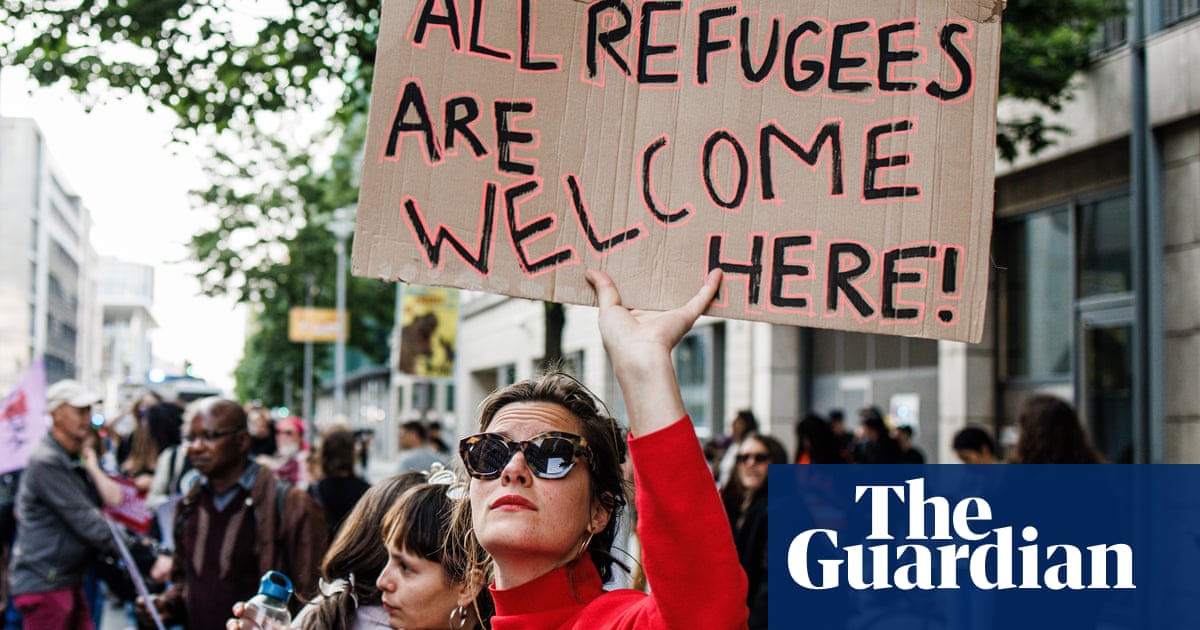
With a spate of climate-related disasters occurring across the world practically every other day, it has become very rare to hear any good news about the environment.
In this context, the news that emerged on Monday, World Ozone Day, that this year’s hole in the ozone layer over Antarctica is the smallest it has been since the 1980s must have been very heartwarming and melodious to the ears of the multitude of climate warriors that are now striving to save the world from humankind’s excesses.
The timing was very apt, as this year marks 30 years since the coming into effect of the Montreal Protocol, which was the first global treaty aimed at preserving the environment and reversing the damage inflicted upon the Earth by human actions. Three decades on, the treaty remains one of the most ambitious and yet successful in the world, and not just considering environmental agreements.
The Montreal Protocol aimed to do something that had never been attempted ever before: To stop the production and emission of more than 100 manmade chemicals that fall into the category of ozone-depleting substances (ODS), or products that destroy the ozone layer in the stratosphere. Montreal is the only global treaty to have been signed and ratified by all 197 nations that are members of the UN.
Since then, thanks to a fair treaty, backed with strong financing, a cooperative spirit and strict implementation and policing, the ozone layer has been slowly recovering. Each year, it has consistently become healthier than before, indicating that not only has the entire world signed up to the treaty, but each member has also honored its commitments.
In many ways, the Montreal Protocol can and indeed should serve as a template for other global or multilateral agreements. Its success was not really an issue of chance or luck. The reasons for its unprecedented success lie in the way the treaty was negotiated, designed, implemented and monitored. Above all, the Montreal Protocol was a fair and just agreement in which the developed and developing nations played fair, unlike the wrangling that can be seen today.
The Montreal Protocol was a fair and just agreement in which the developed and developing nations played fair.
Ranvir S. Nayar
The biggest difference between Montreal and a treaty like the Paris Agreement on climate change is that it phased out the production and consumption of ODS in a stepwise manner, with different timetables and responsibilities for the developed and the developing world.
Unlike the fierce battles we see in today’s negotiations — be they over climate change or global trade — under the Montreal Protocol, the developed countries, which were by far the biggest producers and consumers of ODS, recognized their responsibilities in assisting the developing nations. They offered not only the technology to phase out ODS, but also financial assistance to allow the poorer countries to get there.
The fund set up by the protocol has disbursed nearly $4 billion to support the replacement of ODS production and consumption across the globe.
Right from 1987, the cooperation between the developed and developing worlds was carried out in the right spirit. The Montreal Protocol shows that, with the right kind of assistance, developing countries can be full partners in global efforts to protect the environment.
What the Paris Agreement and the overall battle to save the climate needs is precisely this approach of mutual respect and trust, as well as a clear recognition of the principle of “polluter pays” by today’s leaders in the developed world. Just as in the Montreal Protocol, the responsibility of each nation needs to be fixed in relation to its per capita emissions of carbon dioxide, instead of looking at its total emissions. For example, India’s carbon dioxide emissions in 2018 were 2,299 million tons — a large figure, behind only China and the US. But look at the per capita emissions and the picture changes entirely, as America’s stood about nine times higher than that of India.
The other significant lesson to be learned from the Montreal Protocol is that any deal that places an undue financial burden on member states is bound to fail. According to the Indian government, it would cost $2.5 trillion (almost the size of its entire gross domestic product) to meet India’s targets under the Paris Agreement — clearly a huge financial burden. The situation is no different for other developing countries. The governments in these nations say, with some justification, that, without fiscal assistance, they will not be able to meet these targets as their own resources are fully utilized in providing their citizens with basic needs such as food, health and shelter.
Somehow, the developed nations seem to have forgotten this or are turning a blind eye to the financial bind that the developing countries find themselves in. For the Paris Agreement to have even a remote chance of success, the developed nations must be obliged to pay into a fund and also cut their own emissions dramatically. For the world to stand a chance of winning the battle to save the climate, these harsh realities need to be recognized immediately.












